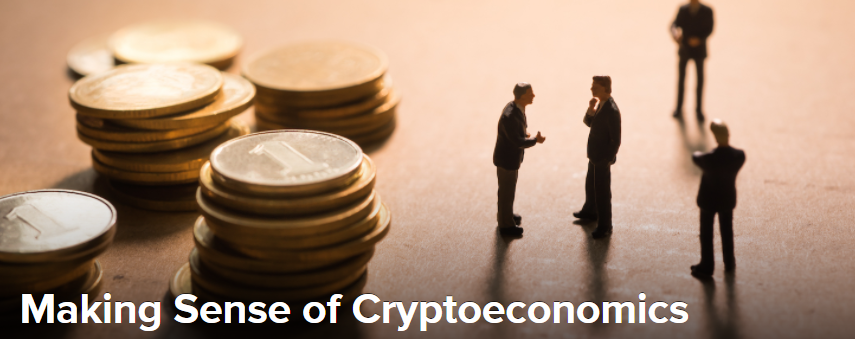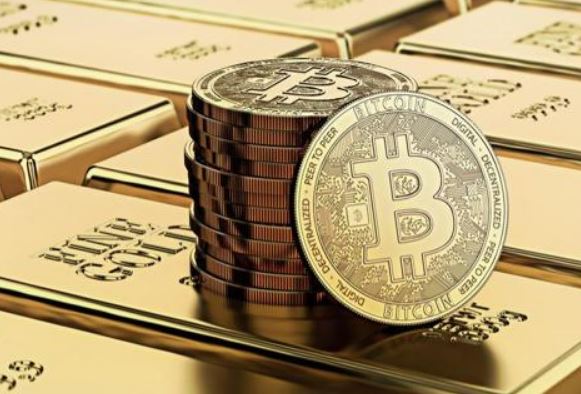The Power of Tokenization: How Tokens Benefit Assets

There is nothing new in a token serving as a representation of an asset with certain value. We can take subway tokens or casino chips for example. In this case, tokens represent money we pay for using public transport or put at stake while gambling. But the money is a kind of token too as its face value exceeds the cost of production. Taking this into account, the tokenization is by no means a new phenomenon, but the blockchain technology does give a new impulse to the process.
People buy many different assets, like stocks or gold, in order to invest their money rather than to use the assets day-to-day. They don’t need to get gold bars stored in the living room, they just want to own a certain amount of gold and have an ability to trade it anytime they want. Similarly, when buying Facebook or FedEx shares, you don’t want to obtain some tables or chairs from the company’s office. All you need is a paper confirming you are the owner of the shares that are likely to increase in value and thus bring you some profit. Physically, you buy paper instead of goods. Furthermore, all the paperwork is usually replaced by electronic transactions.
The blockchain-based tokenization is the next step in this evolution. While traditional electronic transactions rely on a trusted third party, assets on blockchain are managed directly by the owner, with no middlemen needed. Data in the distributed ledger is secured by the technology instead of any people or companies. That’s the way to make the transactions cheaper, faster, and safer than ever before.
The improved commodity and security management is the most obvious benefit of the tokenization, but not the only one. The blockchain can secure any kind of data, so the possibilities it offers are almost limitless. While many blockchain platforms issue tokens mainly to attract investment, other platforms do offer new solutions to old problems of different industries. For instance, the Loci project tries to tokenize patent process and thus make it less expensive and time-consuming. You can use LOCI tokens to buy and sell intellectual property secured by a blockchain. Another interesting example is a social media platform Steemit which is tokenizing blogging and social networking. The platform uses different types of tokens to reward bloggers who create useful and engaging content. You can also look at the Brave browser with its Basic Attention Token (BAT). The project aims to improve digital advertising as a whole and make it profitable and useful not only for publishers and advertisers, but for consumers as well.
These are just some of the dozens of blockchain platforms contributing to the global process of tokenization and trying to improve various sectors of the economy. Moreover, the tokenization has potential to create new economic segments from scratch. At least, that’s what the DMarket project aims for. It’s a blockchain-based marketplace for trading virtual items from video games. Such items are already being traded on different platforms, but the market is limited to a few games and a few percents of gamers. Security issues and complicated data synchronization are probably the main limiting factors in this case. DMarket intends to resolve the issues with the help of the blockchain technology. By connecting plenty of different games to the trading platform powered by the DMarket Token and securing all the related transactions, the project team is creating a new multi-billion dollar market that is going to turn virtual assets into a new type of everyday consumer goods.
Summarizing all of the above, the tokenization has the power to improve different existing industries and even to create whole new segments of the economy. Among other things, it means that a tokenized asset is likely to gain added value compared to the same untokenized asset because of the improved security, increased speed, and reduced costs of the related transactions.











Responses